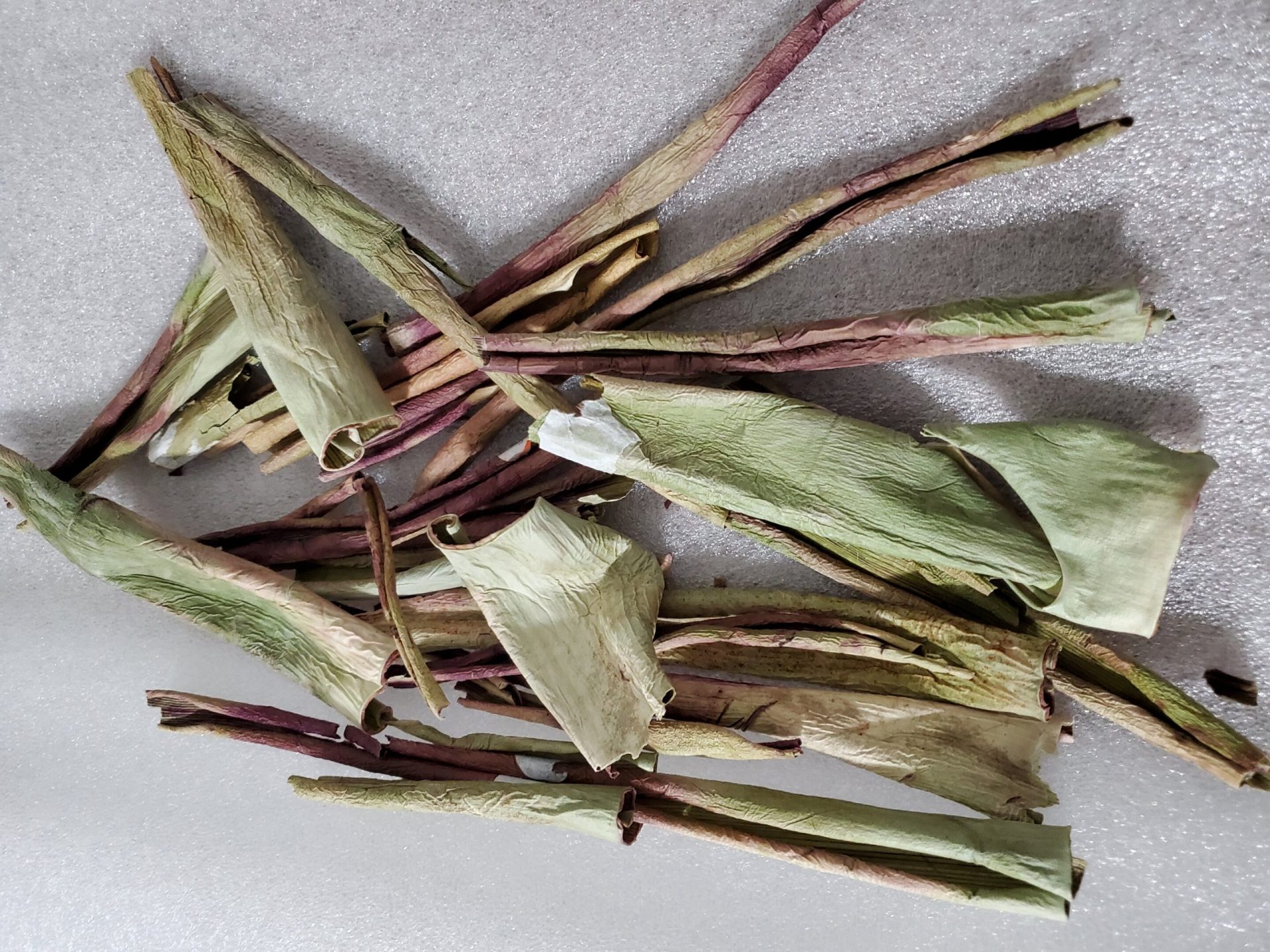Aloe barbadensis, commonly known as aloe vera, has been used for thousands of years to treat skin ailments, promote digestive health, and heal wounds. But did you know that the peels of aloe vera, which are usually discarded as agricultural waste, can actually ward off bugs and act as a natural insecticide? Scientists have discovered several bioactive compounds in these peels that deter insects from feasting on crops.
The researchers will present their findings at the fall meeting of the American Chemical Society (ACS).
“It’s likely that millions of tons of aloe peels are disposed of globally every year,” says Debasish Bandyopadhyay, Ph.D., the project’s principal investigator. “We wanted to find a way to add value and make them useful.”
Bandyopadhyay first became interested in the potential use of aloe rinds as an insecticide when he visited a local aloe vera production center. He noticed that insects had left the aloe leaves alone, unlike other plants. Intrigued, he asked the CEO of the company if he could take the peels back to his lab. This request initially confused the CEO, who tried to offer Bandyopadhyay samples of their products instead.
While some home gardeners have started using aloe gel as a natural pesticide, the peels are often overlooked. On a larger scale, aloe peels are treated as agricultural waste and used for biomass, which can improve soil quality but also contribute to greenhouse gas emissions. Bandyopadhyay wanted to explore the possibility of recycling the peels to develop a natural pesticide that could help farmers in regions where insects pose a major threat.
“The goal is to recycle this waste in a meaningful way while making aloe production greener and more sustainable,” says Bandyopadhyay.
To investigate the insecticidal properties of aloe vera peels, Bandyopadhyay and his colleagues dried out the peels and produced various extracts. They found that the dichloromethane (DCM) extract showed higher insecticidal activity than the hexane extract. Chemical analysis revealed over 20 compounds in the aloe vera rinds, including six compounds known for their insecticidal properties. These compounds could be responsible for the effects of the aloe rind. The researchers also found that the methanol and aqueous extracts showed strong insecticidal activity.
Now that the insecticidal compounds have been identified, the researchers will test their effectiveness in real-world fields against agricultural pests. They are also exploring the potential anti-mosquito and anti-tick properties of these compounds, which could lead to the development of an insect repellent for consumer use.








